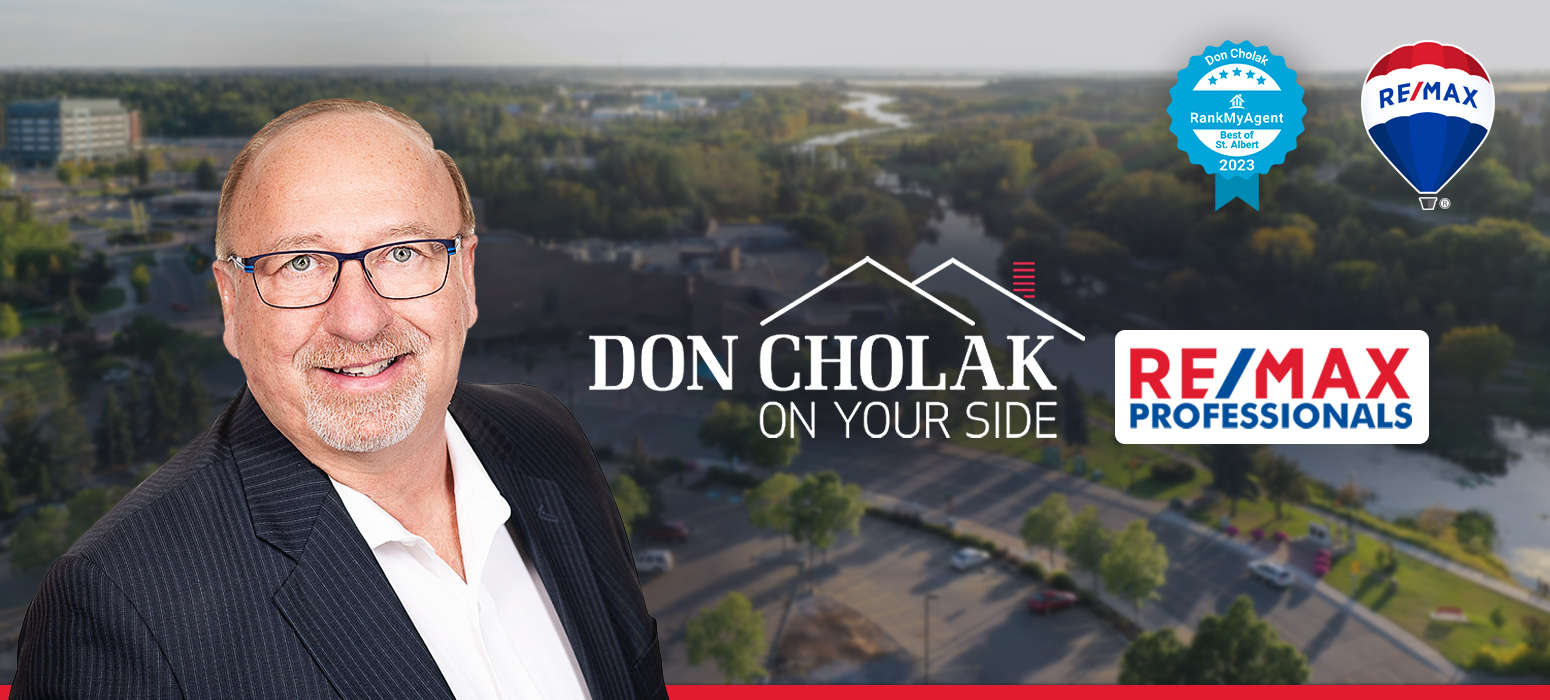Edmonton
A sustained period of exceptionally low vacancy rates across the Edmonton commercial market has created a hospitable environment for real estate investment.
There is a high level of confidence in the commercial marketplace, given the availability of capital available to buyers in this market.
A higher-than-average growth rate of the Albertan economy has contributed to the current market, where real GDP is expected to grow 3.6 per cent in 2014, significantly exceeding the national average of 2.7 per cent. The Bank of Canada’s decision to keep interest rates low has also been a factor.
Edmonton’s downtown activity is the major contributing factor for 2014, and the arena development has been a catalyst for brand new residential and office inventory.
Between January and June of 2014, Greater Edmonton’s industrial vacancy continued to decrease, while competition for available space increased. As a result of the limited new inventory, Edmonton’s vacancy rate dropped below 3.0 per cent, finishing the second quarter at 2.84 per cent.
In May 2014, total commercial building permits in the city reached $83 million: An impressive total after nearly three years of solid growth in the economy and burgeoning competition in other districts. Nearby, in “Alberta’s Industrial Heartland,” over $27 billion in primary industrial and energy projects are underway, excluding projects that are still finalizing costs.
There is also an influx of people with a net migration upwards of 12,000 into Edmonton from other provinces. This has increased the demand for housing, rentals, and other services, causing the demand to spill over into the commercial marketplace.
There is currently a shortage of industrial buildings under 10,000 square feet with smaller acres (under 5) for both sale and lease. Demand for multi-family land within the city remains high, as does retail investment product in the $1 million to $3 million range.
There is a high level of confidence in the commercial marketplace, given the availability of capital available to buyers in this market.
Edmonton’s rising income per capita, coupled with its significant gains in employment and relatively low tax levels, has made it a desirable destination for many inter-provincial and international migrants.
In 2013, the Conference Board of Canada estimated that net migration to Edmonton was approximately 35,354. 12,222 net migrants are still expected to move to the city in 2014, further expanding the tenant pool and bolstering demand for rental housing.
The construction of apartment buildings had picked up significantly by the start of 2014 with 2,537 more apartment units still under construction. The new supply has generated an upward pressure on vacancy rates as the city observed a 58 basis point increase throughout HI 2014. Edmonton’s vacancy rate is estimated to be 1.8 per cent. As new units are introduced and peak migration returns to its regular levels, vacancy rates are expected to rise moderately in 2015.
New development in Edmonton will continue to lag until early 2015, as tenants compete for the small pool of useable, available buildings. While several major projects that will alter Edmonton’s industrial inventory have been announced, Edmonton will remain a very steady market until that product is introduced.
A growth trend will dominate the downtown office market over the next 15 years, as up to 39 different projects are set to inject over $6 billion into the core. The possibility of up to 60,000 new residents in Blatchford and East Downtown indicates an exceptionally positive outlook for the long-term.
The Edmonton market is seeing a significant demand for purchase of commercial condominium units in the 1,500- to 3,000-square-feet range by owner users and professionals. There is a growing appetite for ownership rather than leasing, given the low interest lending environment.
While tighter lending criteria often has an impact on the commercial market, the opposite is true for Edmonton. There is a high level of confidence in the commercial marketplace, given the availability of capital available to buyers in this market. In some cases, lenders will fund upwards of 80 per cent on solid owner-user or fully-leased product. This market is seeing 80 per cent financing in some construction projects as well.
Following the Bank of Canada’s December 2013 announcement to keep the overnight rate at 1.0 per cent, the cost of debt will remain low for the first six months of the year, likely continuing well into 2015. Only incremental rate hikes are expected thereafter, as the central bank will likely be unwilling to introduce unhealthy shocks to the economy. Edmonton will see cap rates reduced in various sectors, but will also continue to see double-digit office vacancy in both the downtown and the suburban markets for quite some time.
There is heavy investor confidence in the marketplace, but there are also calls for cautious optimism, particularly as it relates to the activity in downtown Edmonton. There is a sudden desire for everybody to be downtown, which is good news for the re-vitalization of the core. Even still, it is advised that a thorough analysis of risk be conducted as one embarks into this red hot cauldron of activity.
Source: Edmonton Real Estate Board
RE/MAX Commercial Investor Report 2014
Are you ready to put Don’s 35 years of business and sales experience to work for you? Simply click on the appropriate red button below:
















